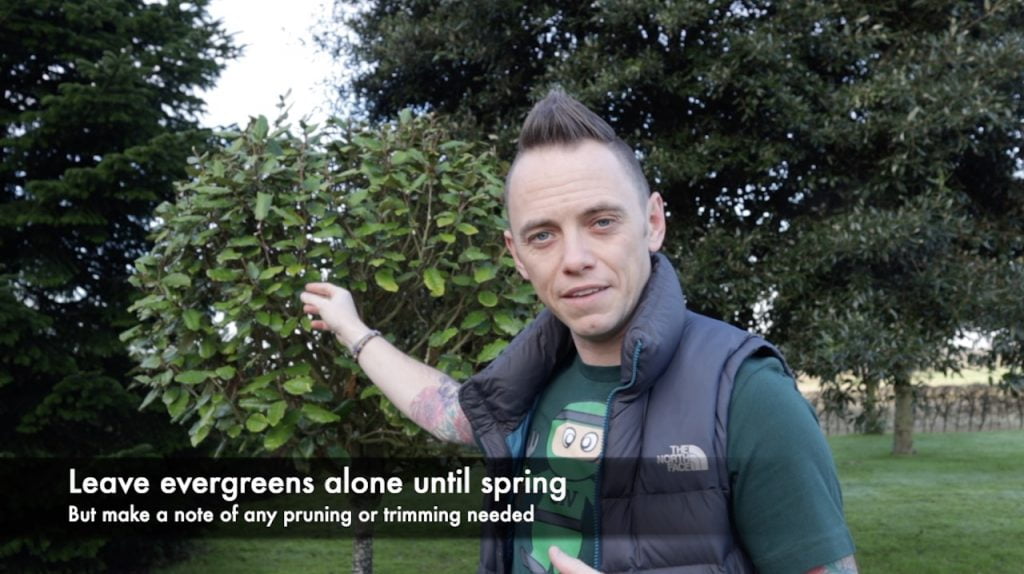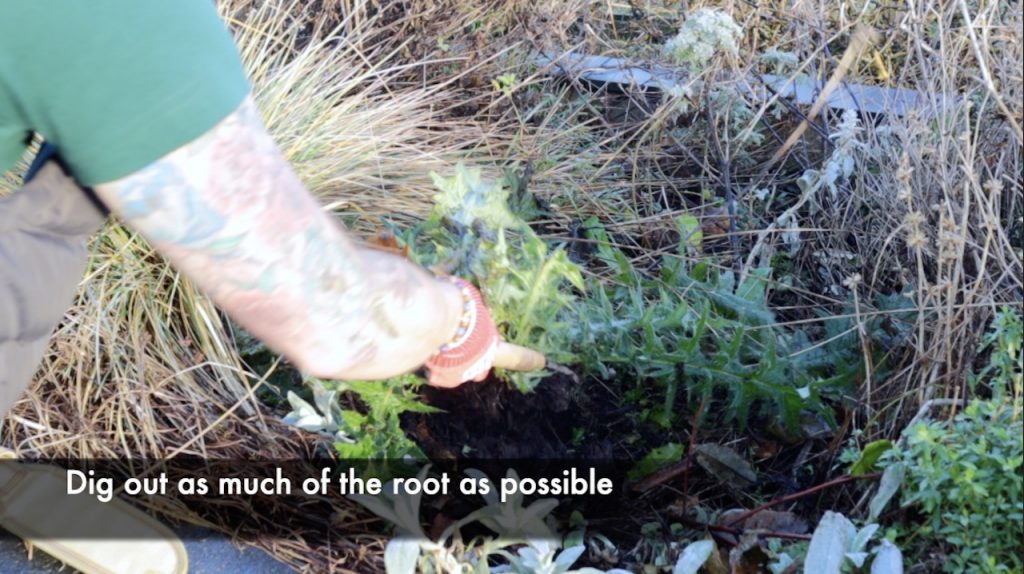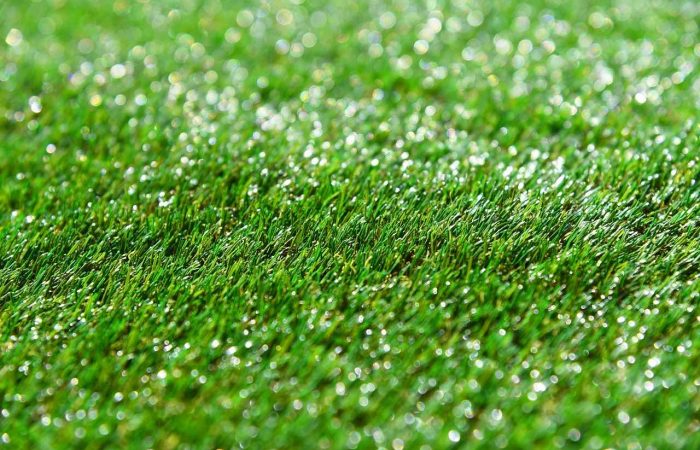-
8 Winter Gardening Jobs for Beginners: Garden Maintenance made easy
 Lee Burkhill: Award Winning Designer & BBC 1's Garden Rescue Presenters Official Blog
Lee Burkhill: Award Winning Designer & BBC 1's Garden Rescue Presenters Official Blog

It can feel daunting and uninspiring to try and garden in the winter, especially if you are a beginner or have just bought your first garden. Knowing how and where to start gardening can be enough to put you off from even trying. If you're thinking of just waiting to see what pops up in your new garden, you may be missing a trick. I'm going to show you my 8 winter gardening hacks for beginners to get you started.
This beginners gardening guide to easy winter maintenance is going to help you get a head start on your garden. Meaning less hard work in the spring and more time spent enjoying your garden space. Even if you don't know what you're doing in the garden, this guide will help get you started!
The first thing before we start to do anything is to identify the difference between any evergreens you have in the garden and those plants that drop their leaves also known as deciduous. This is because winter maintenance will apply to one more than the other!
If you don't know the difference between an evergreen and a deciduous plant, you may do more harm than good with any pruning or planting during winter.
So let's look at the difference between evergreens and deciduous plants, which are easy to spot as a beginner. I'll show you a few tricks.
Evergreen plants keep their leaves through the winter and require water and nutrients all year round from the soil. Their growth slows down in winter and then speeds up again in spring and summer.

Evergreen from tropical areas may have large waxy leaves, such as Fatsia. Evergreens can also be found in colder regions where their leaves have been adapted to cope with extreme drops or increases in temperature. These usually have waxy needles which limit water transpiration/loss or may have reproductive cones. Common examples would be conifers such as fir, spruce, and pine. Shrubs would be Buxus, Oleaster, Privet or Virbumum.
The misconception is that evergreen never drop their leaves. This is incorrect. They drop their leaves every 2-3 years, but not all at the same time. Ie it's gradual and not based on the winter season.
Did you know that you can take my course and learn how to become a Garden Ninja yourself? Click here for details
Deciduous plants go dormant over the winter and drop their leaves in the Autumn. They have lower water and nutrient requirements in winter compared to spring and summer. By dropping their leaves deciduous trees, shrubs and plants can seal off the winter weather. Allowing their sap to recede further down the tree to protect it from the drop in temperature.

Examples of common deciduous plants are Acer (Maple), Quercus (Oak - though there is an evergreen variety), Fagus (Beech), Betula (Birch), Wisteria and Cornus to name a few.
It's really important that you can identify the differences between the two as they have different pruning and garden maintenance requirements.
Evergreens should usually be left until spring or summer to prune when they are most active. Pruning in winter can lead to the loss of sap or bleeding. If you have evergreens that flower, such as camellias, it is always best to prune them after they have flowered. Even if this is the middle of summer.

As the evergreen is actively growing in summer it will heal far faster than in winter and have less hostile weather conditions to deal with.
Deciduous plants, trees and shrubs should usually be pruned in winter when they are dormant. This is when their sap is low, and they can quickly heal. Pruning in winter is the most effective time as the plant, tree or shrub is at least risk of injury, infection or damage.
Pruning deciduous plants during spring and summer, when they are actively growing, can cause them to bleed or leak out precious phloem (food from their water/nutrient transport vessels) ie veins transporting soluble food to the plant!

Winter is also the best time as you can see exactly what you're doing when pruning as there are no leaves to disguise the branch structure. For beginner gardeners pruning in winter is far easier as you can see what you're doing, and it feels less drastic than pruning a tree or shrub in leaf.
As a beginner gardener, pruning can feel drastic and somewhat awkward. The thing to remember with any pruning is that although it feels like we're removing or stopping growth we are actually simply diverting the plant's energy elsewhere.
Pruning actually stimulates growth rather than prevents it. So it doesn't harm the plant but gives them a helping hand to put their energy elsewhere, usually the next branch or bud down.
How to make pruning cuts is easy - when your know-how!



If you want to learn to prune in 60 seconds then why not view my speedy pruning guide below. Meaning you'll be a pruning master in no time in the garden!
Herbaceous perennials are plants that come back year after year. Each year they will grow foliage, then flower, before setting seed and then dying back. They are not truly dead, though as the rootstock under the ground keeps the herbaceous plant in a period of dormancy. Usually, until the weather is clement and then the plant will regrow again. It repeats this year after year for up to 20-30 years.
Herbaceous perennials are a fantastic choice to attract beneficial insects, bees and birds to the garden. As they come back year after year, they are much better value compared to the cost of annual plants. You can also split and divide them every few years meaning more plants for free!

The best time to prune herbaceous perennials is mid-winter when they are dormant. You can spot this as they usually go brown and crispy. If you see the picture above and then below you can see which plants have stayed evergreen - the blue Helichtotrichon grass - vs the Salvia next to it which I'm pruning below.
When they are brown and crispy it is then time to cut them back down to the ground with sharp secateurs.

Cutting herbaceous plants back each winter is essential as it allows new growth to easily emerge. If we don't cut them back then these herbaceous perennials can become crowded, congested or even harbour pests such as slugs or fungus due to lack of airflow.

All cuttings can easily be composted on a compost heap meaning there's zero waste going to landfill. By composting all cuttings and garden green waste you can help reduce our carbon footprint and also close the loop on excess waste. Homemade compost is an amazing free plant feed so it's worthwhile thinking about starting a composting system somewhere in your garden even if it is a small bin tucked away behind a shed.
For new gardeners, bedding plants such as violas, busy lizzies, marigolds and begonias are their first choice when it comes to buying new plants. These brightly coloured low fuss small plants can add an instant blast of summer colour to pots and containers in the garden. However, these are known as bedding plants, from the Victorian obsession with formal beds of neatly arranged plants.
Sadly though most bedding plants are annuals so only live for one year. Meaning after they finish that's it, they are not going to return.
What is also surprising for most new gardeners is that bedding or annual plants are often bred to be sterile. ie they won't set seed. This is so they flower longer rather than wasting energy producing pollen or seeds. So although they look nice they have zero value for wildlife as the majority of them don't produce pollen or nectar.

The best thing to do with them is to compost them at the end of the year. So at least you can recycle them when the bedding plants come to the end of their life. It may be that there are better herbaceous perennial plants you can use in containers and pots.
Alternatively, why not grow your own annuals from seed to save the carbon footprint of having them imported from Holland to UK garden centres? Then at least you can close the loop on unnecessary travel and carbon in the garden. You can find out how easy it is to grow plants from seed by following my guide below.
As a beginner gardener, you may look out at the garden in winter and think there's no point in weeding or trying to get ahead of the game. How wrong this view can be! Winter is an ideal time to get rid of those pesky perennial weeds. Perennial weeds are those that come back year after year. This allows the weeds to grow bigger and stronger before setting their own seeds and spreading weeds all around your garden.
By tackling perennial weeds in winter, you can get ahead of the game before spring starts. Spring is notorious for a sudden outbreak of weeds in the garden, especially if you haven't kept on top of it during the winter months. So getting rid of as many perennial weeds as possible is a great tip to ensure less drama in the garden during spring and summer.

Weeding in winter is easy. As long as the ground isn't frozen or waterlogged you can happily use a Japanese Hori Hori, small trowel or weeder to quickly extract all those evergreen perennial weeds. Thistles, docks and dandelions to name a few will quickly come out.
The beauty of tackling weeds in winter is that any other deciduous shrubs or herbaceous plants will have already died back. Allowing you to spot the evergreen perennial weeds with ease! Bonus!


If your lawn is looking a bit worse for wear, it can be frustrating in the winter knowing what you can and can't do to your lawn. You may have done extensive online research or read books on lawn care and turf. Many different guides tell you many different things, and the key to any winter lawn maintenance is the weather.
Many guides were written decades ago when long-sustained cold winters were common. This is why the advice was always to leave lawns well alone until spring.
However, as we are experiencing more temperate and warmer winters, the advice needs to reflect this. By following the tips below, you can see what lawn care you can undertake in winter.

As long as the ground isn't frozen, waterlogged, or there is a risk of frost, then you can undertake the following lawn care in winter:

Lawn care you should never do in winter due to damage or the chance of it failing are:

Another fun and exciting task you can get on with is planning your garden for the next year. What's great about this is that you can do it from the warmth of your own home or sofa! More often than not, as beginner gardeners, you can be eager to rush out to the garden centres and buy plants. Lots of plants!
However, what you may find is that when you get them home, you have no idea how to arrange them or where they are best suited for. This is where garden planning in winter can save you both time and money.
By sitting down and considering the aspect (where the sun rises and falls), your soil types and what style of planting you are going for you can avoid buying unsuitable plants or making costly errors.

I hope you now see why winter is not the time for garden hibernation Ninjas! There is plenty to do to make sure that your gardens are looking fantastic in the year ahead. By following these winter garden maintenance tips you can make sure that your garden is ready to put on a fantastic display next spring.

I’d love to hear from you on my Twitter, Facebook or Instagram pages. If you have a gardening question, then why not use the Garden Ninja Gardening Forum, where hundreds of Garden Ninja members can help you?
Happy Gardening!








JOIN THE NINJAS

Be the first in line for new Guides, Discount codes and Offers